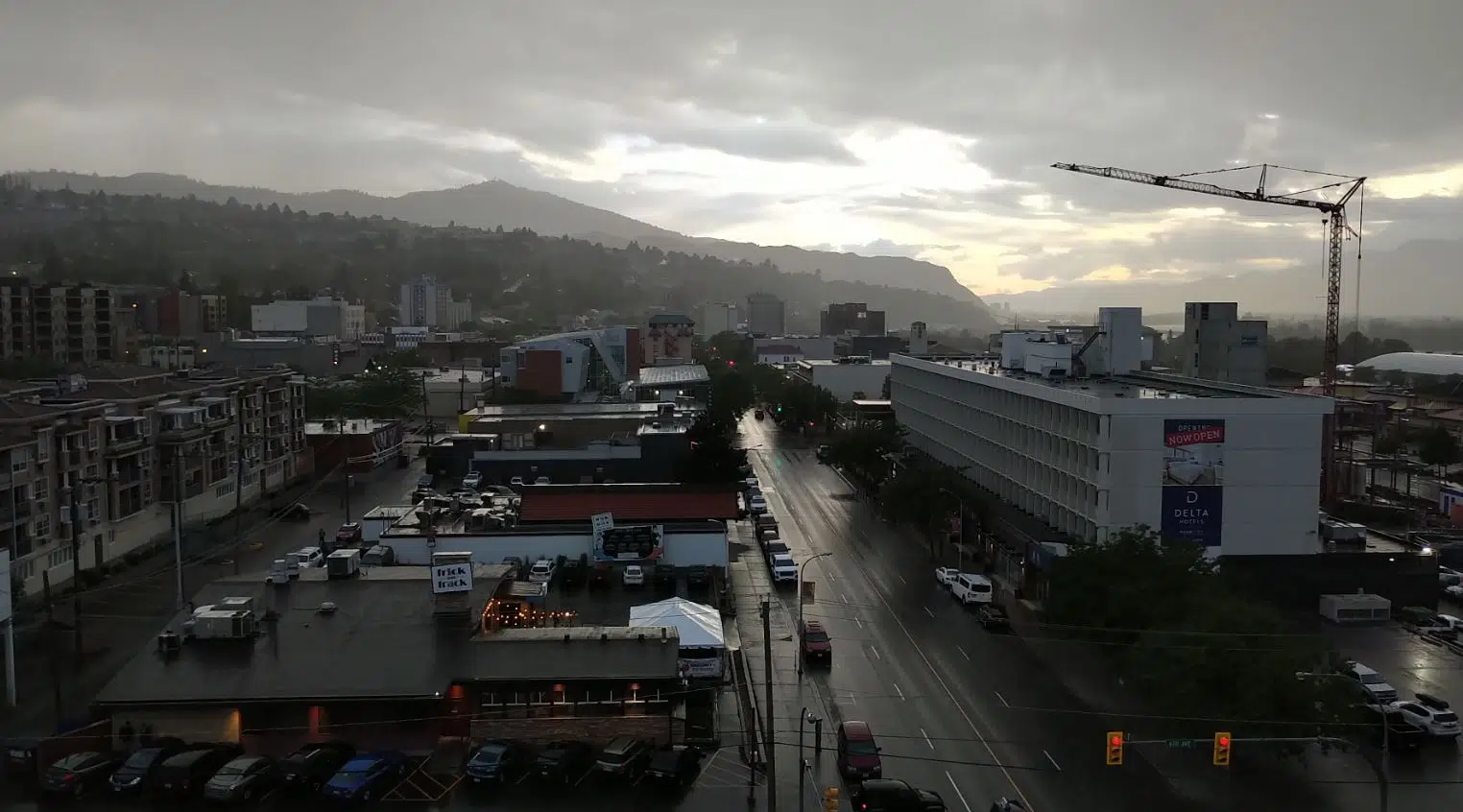
It wasn’t much, but it was something.
Environment Canada says there was 7.8 mm of rain that fell in Kamloops on Saturday and Sunday, with 5.5 mm on Saturday alone. That is just 2.5 mm shy of the 10.3 mm of rain that fell in Kamloops in March, April, and May of this year.
Meteorologist Armel Castellan previously told NL News that the rain this past weekend likely won’t be enough to make up for what’s been a very dry spring.
“We’ve got the month of June essentially before things are traditionally drier and the hottest time of year in July and August where we have that pressure to deliver you know several days, sometimes even a week worth of rain, and that could be very beneficial to delay the start of a wildfire year,” he said.
Castellan says the current situation should concern everybody because of the possibility of drought or wildfires.
“Now we are into the crunch. We’ve got the month of June essentially before things are traditionally drier and the hottest time of year in July and August,” he added. “June isn’t looking like it was going to be terribly wet to kind of catchup on this enormous deficit of coming back to values that are relatively normal for this time of year.”
A normal meteorological spring in Kamloops sees about 54 mm of rain in March, April, and May. This year was the driest in Kamloops in 120 years, and the second driest on record.
“I don’t think its impossible that we do see a strong wildfire season but again it would have to do with how these next few weeks and that unknown of having that dry lightning in the middle of July of August that can create the havoc that we saw in August 2018, “Castellan said.
There was one suspected lightning caused fire this weekend, in the Ashcroft area. As of this morning, the BC Wildfire Service says the Hat Creek Road fire is being held at 19 hectares.
“They are still investigating the cause of it but we are still seeing a bit of a drier situation with less precipitation in this time frame right now, so it definitely could be contributing to it, but its still being investigated. Its just a suspected cause,” Fire Information Officer, Shae Stearns, told NL News.
In the spring of 2019, there was 37.3 mm of rain that fell in the Kamloops area between March and May. Last year, in 2020, it was close to normal with 53 mm, while in 2017 and 2018 there was above average rainfall in the spring with 71 mm and 65mm respectively.
The driest meteorological spring on record in the Kamloops area was in 1901 when just 5.8 mm of rain fell in March, April, and May.
















